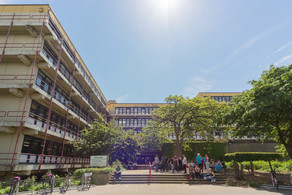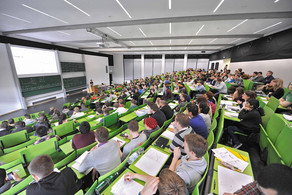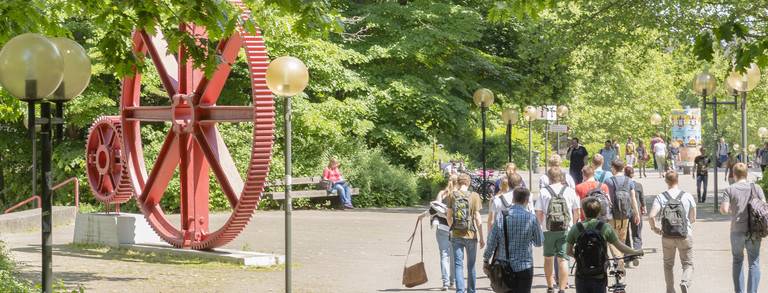Research
Biomimetic self-replication and evolution
The creation of artificial cell-like systems from inanimate components capable of mimicking the remarkable complexity of living cells remains a fundamental challenge of synthetic biology and Origin of Life research. Although there have been substantial advances towards the reconstitution of subsystems based on biological macromolecules, the recreation of the most fundamental aspects of life (such as autonomous growth, replication and adaptation through evolution and feedback-control) is still in its infancy.
Our research group will address these challenges with a bottom-up approach using reconstituted protein and nucleic acid components. Specifically, our research aims 1) to reconstitute fully customizable and replicable genetic systems for biomimetic cell-like automata, 2) to increase the autonomy and lifetime of such replicators by reconstituting and evolving genomically encoded biosynthetic pathways and mechanisms for feedback regulation of gene expression and 3) to observe and quantitatively describe genome evolution of such replicators under selective pressure using deep-sequencing approaches.
Origin of Life
Answering the questions of how life emerged on Earth and whether life is also possible elsewhere in the universe, belongs to the most profound challenges in science. In particular the harsh conditions on early Earth or celestial objects makes the formation of complex biomolecules required for catalysis and information storage, which seem necessary for complex lifeforms, an intriguingly difficult task. We will try to further explore and expand on recent findings which showed that primitive biocatalysts such as short ribozymes do very well in extreme conditions including ice and other dehydrating conditions.
Methods
To achieve our goals, we will employ a variety of biochemical methods ranging from standard protein and nucleic acid production / purification to more demanding applications such as design, assembly, characterization and evolution of complex protein machineries and ribozymes.





